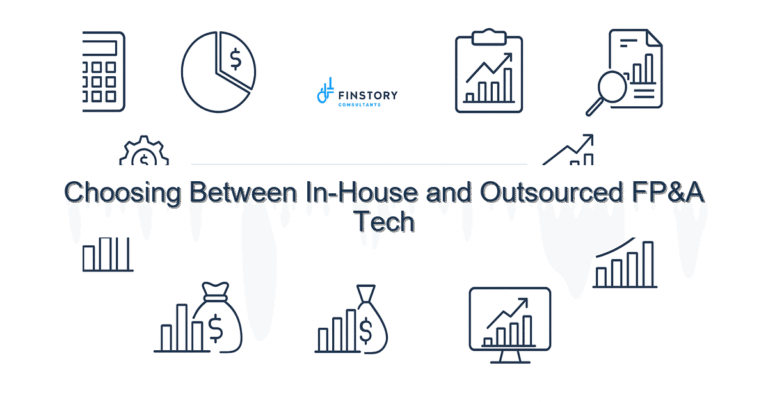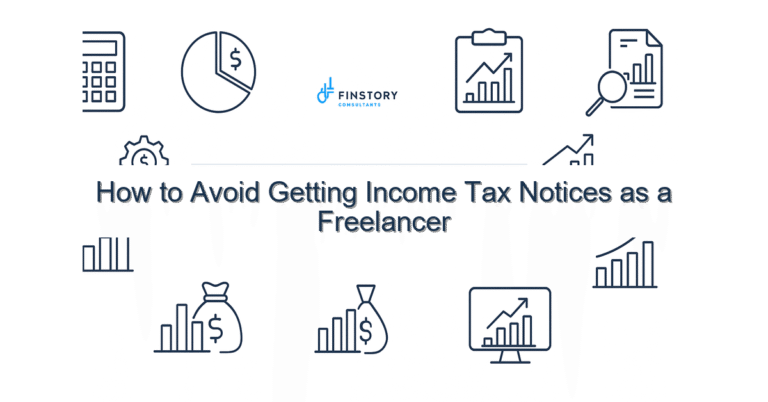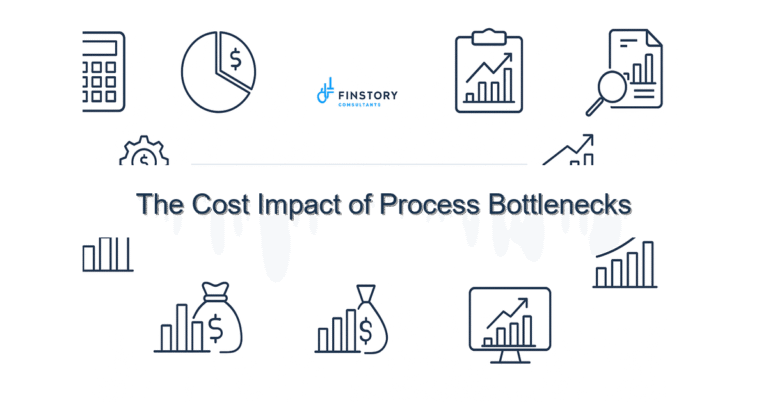The Role of Sensitivity Analysis in Budget Planning
As healthcare organizations navigate an increasingly complex financial landscape, the importance of sensitivity analysis in budget planning cannot be overstated. With tight margins and fluctuating demands, leaders must leverage every tool available to make informed decisions quickly.
TL;DR: Sensitivity analysis provides a systematic way to anticipate variances in budget assumptions, enabling healthcare leaders to make swift, data-driven decisions that enhance operational efficiency and financial sustainability.
What’s the real problem?
In today’s fast-paced healthcare environment, static budget assumptions can lead to critical missteps. Many organizations struggle to adapt to changing circumstances, relying on outdated data that no longer reflects reality. This can create a domino effect of financial mismanagement.
- Missed revenue targets due to inaccurate forecasting.
- Slow approval processes hinder timely investments.
- Increased operational costs from unpredicted variances.
- Poor resource allocation leading to bottlenecks in service delivery.
What leaders get wrong
Many leaders underestimate the power of sensitivity analysis, viewing it as a complex or optional process rather than an integral part of budget planning. Others may stick to traditional methods, blind to the more dynamic needs of their organizations. Relying solely on historical data often leads to misguided confidence in budget forecasts.
A better approach
Adopting sensitivity analysis can transform your budget planning into a proactive rather than reactive strategy. Consider the following steps:
- Identify Key Variables: Pinpoint crucial data points that impact your budget—like patient volume or revenue per procedure.
- Run Scenarios: Create multiple budget scenarios (best case, worst case, and most likely) based on potential variable changes.
- Analyze the Outcomes: Evaluate how these scenarios would affect your bottom line and operational capacity.
- Make Data-Driven Decisions: Use insights from the analysis to inform financial decisions, allocations, and approvals.
- Review Regularly: Establish a periodic review of your analyses to adjust for new market conditions or organizational priorities.
For example, a mid-sized healthcare provider recently implemented sensitivity analysis and discovered that a 5% increase in patient volume could lead to a 15% increase in revenue. This insight allowed them to strategically plan staffing and resource allocation.
Implementation checklist
- Define key performance indicators (KPIs) relevant to your operations.
- Select variables for analysis that directly impact your budget.
- Gather historical data to establish a baseline.
- Utilize finance automation tools to streamline data collection.
- Create a collaborative environment for finance and operations teams.
- Schedule regular strategy sessions to review sensitivity analyses.
- Develop a clear communication strategy to share budget insights across your organization.
What good looks like
- Improved budget accuracy by at least 20%.
- Reduced budget cycle time by 30%.
- Enhanced ROI from capital expenditures by 10%.
- Greater alignment between budget and operational goals.
Risks & how to de-risk
- Misinterpretation of data: Employ trained analysts to ensure accurate insights.
- Resistance to change: Formulate a culture that values data-driven decision-making.
- Inadequate data quality: Invest in robust data management systems to maintain integrity.
Tools & data
Finance automation solutions can streamline your data analysis processes while tools like Power BI offer powerful visualization capabilities that support leadership reporting. These resources integrate seamlessly into your budgeting framework and provide real-time insights, making it easier to adapt to changes.
Next steps
Ready to elevate your budget planning with sensitivity analysis? Contact Finstory for a short consult to tailor this process to your operations. We’ll help you map the process, stand up the dashboards, and train your team. Let’s talk about your goals.
📞 Ready to take the next step?
Book a 20-min call with our experts and see how we can help your team move faster.
Prefer email or phone? Write to info@finstory.net
or call +91 44-45811170.






